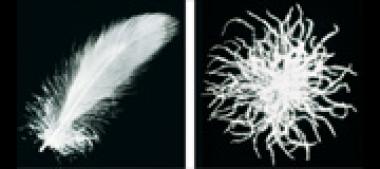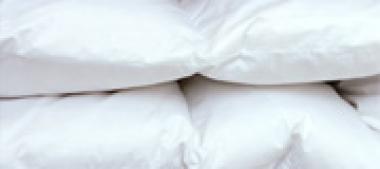How are down and feathers processed into bedding articles?
The requirements for the hygienic state of the filling material are specified in EN 12935. The Daunasan® / Downafresh® brand indicates that bedding articles labelled with this brand are consistently monitored by means of mystery shopping to ensure at the best that products labelled with Daunasan® / Downafresh® meet the hygiene requirements.
Further information at :



















